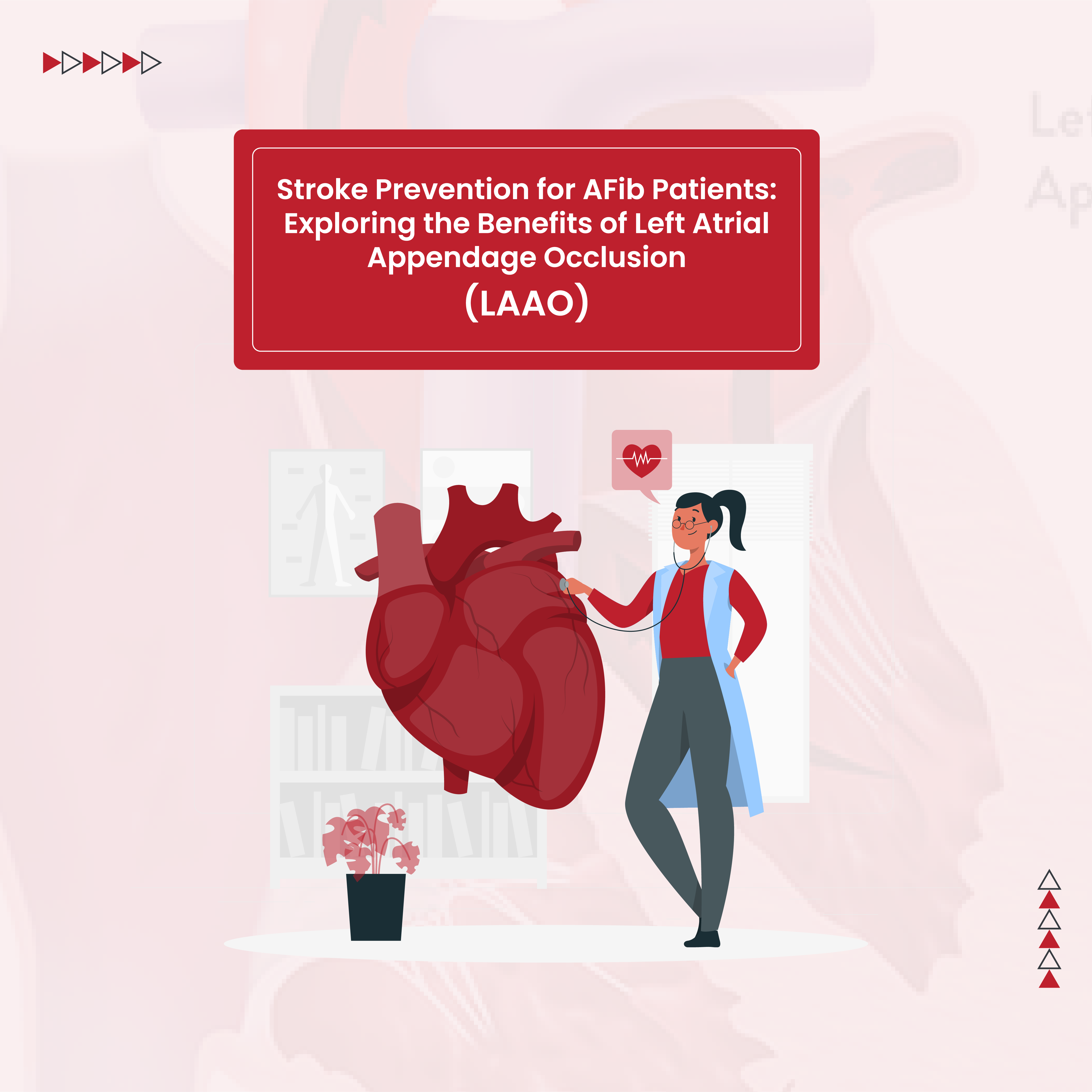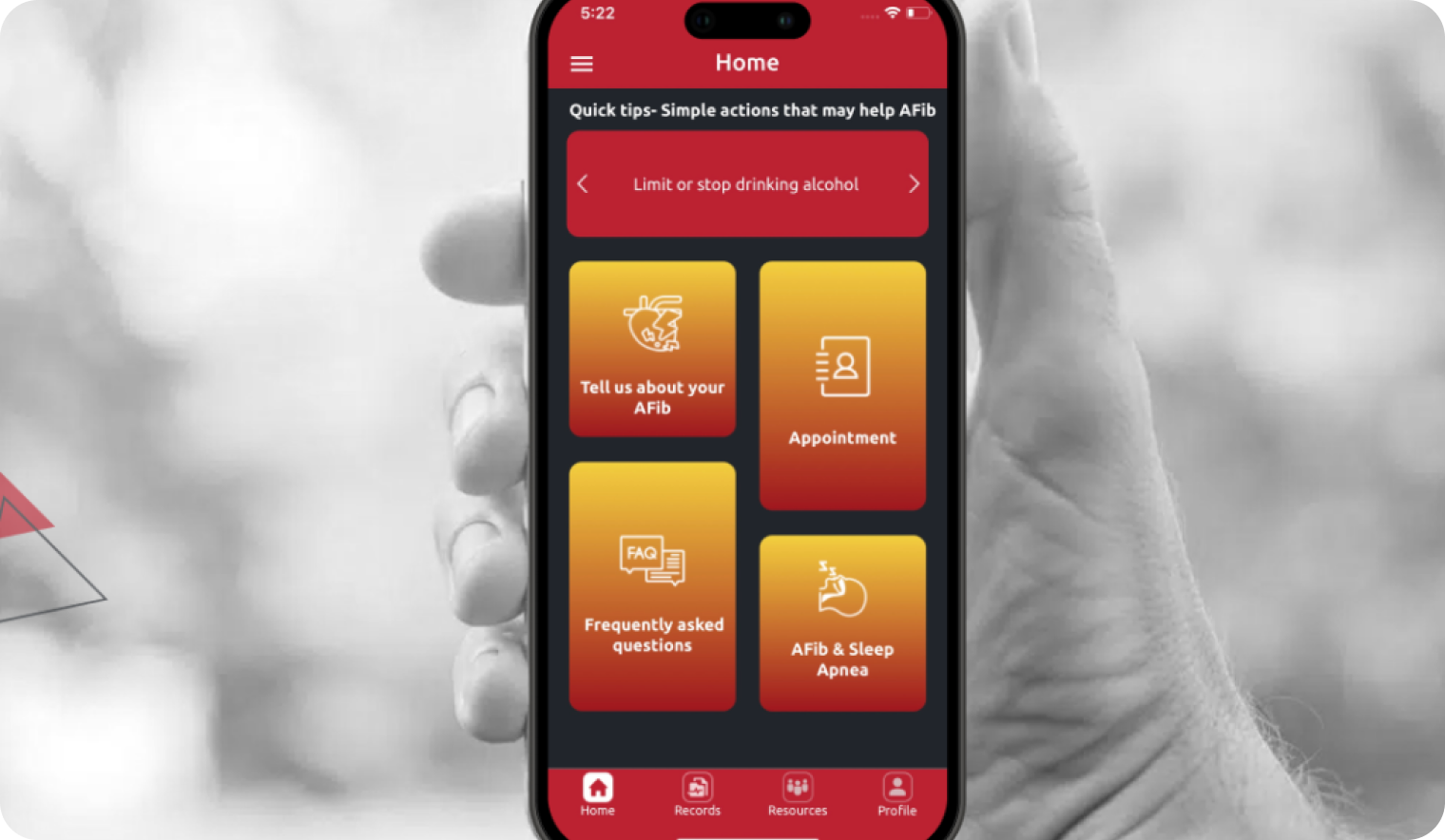Catheter-based pulmonary vein ablation treats AFib from the inside of the heart and is called endocardial ablation. It’s an excellent option for patients who have paroxysmal atrial fibrillation. However, approximately 70% of people with atrial fibrillation have persistent or long standing persistent atrial fibrillation which are more difficult to treat.
- Persistent atrial fibrillation is continuous atrial fibrillation greater than 7 days in duration.
- Longstanding persistent is continuous atrial fibrillation greater than 12 months in duration.
As discussed in past issues of The Scoop, the primary source for the abnormal electrical impulses which cause paroxysmal atrial fibrillation are the pulmonary veins and the site where they connect into the upper left chamber of the heart (left atrium). Over time, however, atrial fibrillation causes structural and functional changes in the left atrium. With these changes, the posterior wall of the left atrium becomes a significant source for the chaotic electrical impulses that drive atrial fibrillation. It is often at this point that paroxysmal AFib advances to become persistent.
Endocardial ablation is quite effective at treating paroxysmal atrial fibrillation which originates in the pulmonary veins. However, it is less effective at treating persistent atrial fibrillation which originates primarily in the posterior wall of the left atrium. The tissue of the posterior wall is thicker and AFib signals come from cells throughout the entire thickness of the wall. Endocardial ablation is most effective at treating abnormal impulses on the inside of the heart. Trying to treat the impulses which are coming from cells deeper within the wall from this approach is less effective and has been associated with greater risk of complications.
Therefore, clinical researchers have studied a combined approach for treating persistent atrial fibrillation which uses both endocardial ablation (inside of the heart) and epicardial ablation (outside of the heart). The CONVERGE trial evaluated the efficacy of the hybrid Convergent procedure, which uses combined epicardial and endocardial ablation, compared to endocardial ablation alone for the treatment of persistent atrial fibrillation. During the hybrid Convergent procedure the epicardial ablation is performed by a cardiac surgeon and the endocardial ablation is performed by an electrophysiologist. The surgeon uses a minimally invasive approach and makes small incisions in the upper abdomen and side of the chest to directly visualize the heart. The surgeon then ablates the pulmonary veins and the posterior wall of the left atrium. The electrophysiologist uses the standard catheter based approach to complete the pulmonary vein isolation and address any persistent electrical impulses along the posterior wall.
In the CONVERGE trial, 74% of patients who underwent the hybrid Convergent procedure had greater than 90% reduction in their atrial fibrillation at 18 months compared to 55% of patients who had endocardial ablation alone. The study also showed that 54% of hybrid Convergent patients no longer needed antiarrhythmic medications compared to only 32% of endocardial ablation patients.
The results of the CONVERGE trial showed that a hybrid Convergent approach was safe and more effective than traditional endocardial ablation for treating persistent atrial fibrillation. This is an important development in the treatment of persistent and long standing persistent atrial fibrillation, which have historically been very challenging to treat.








